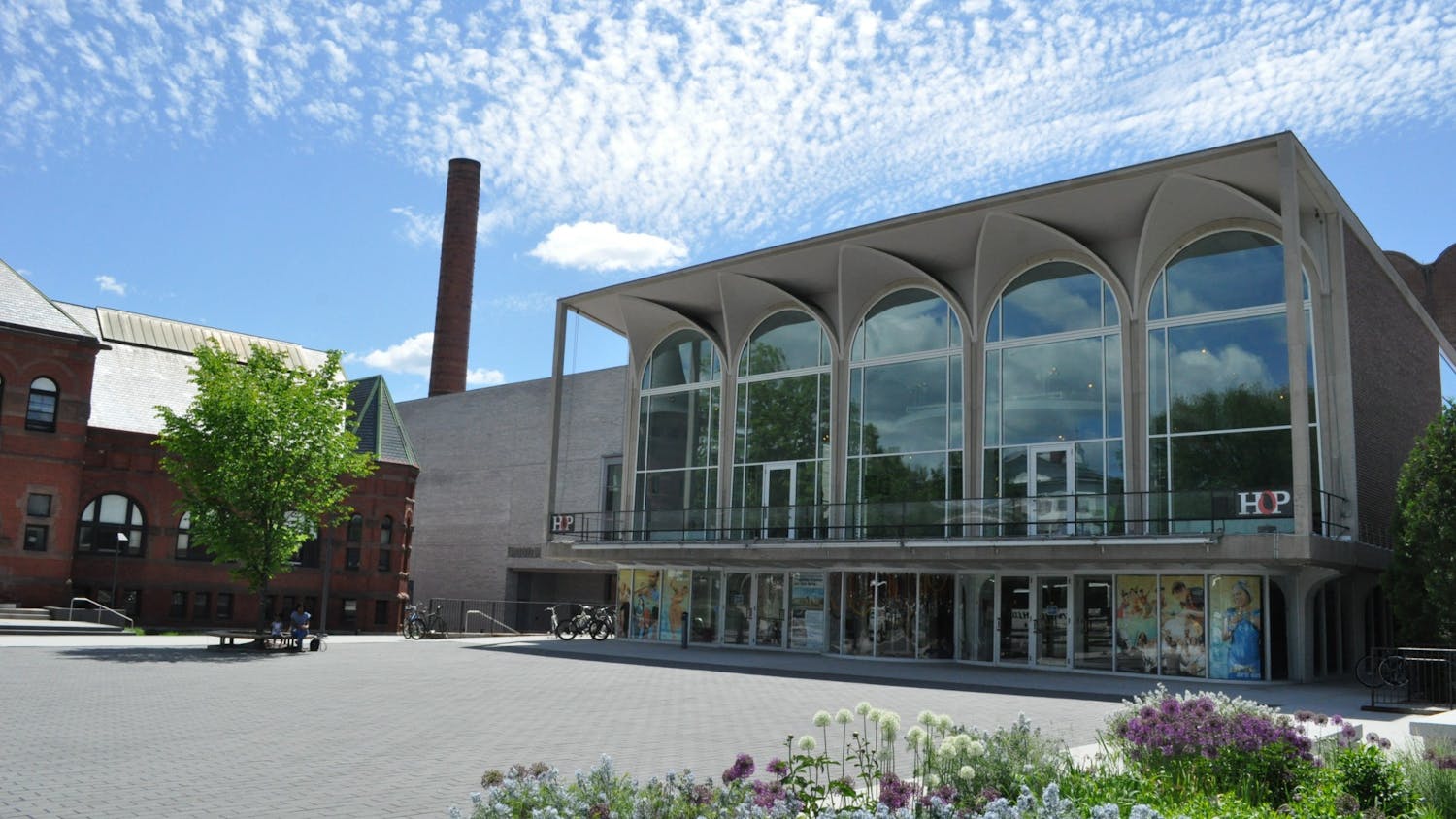"Taiko," which comes from the Japanese word for "drum," began perhaps as early as the fifth century, according to some estimates. Originally, the instrument, which is also called "taiko," primarily served a military purpose. Later on, the drum was accompanied by flutes and other traditional instruments in "gagaku," a classical Japanese style of music patronized by the imperial court.
The modern ensemble taiko form practiced by SJT, called "kumidaiko," originated after World War II. Kumidaiko requires several different types of drums, and while some pieces of music use other instruments, the form focuses on drumming.
Although still a relatively new music form, kumidaiko has already become one of the more popular forms of taiko playing, according to P.J. Hirabayashi, creative director and co-founder of SJT.
Taiko performances have recently gained international recognition in South America and Europe, as there is a larger Asian and, more specifically, Japanese population in those regions, Hirabayashi said.
North American taiko drumming has developed separately from its Japanese counterpart, Hirabayashi said. In Japan, families who have been practicing the trade for centuries make drums out of wood and animal hide. The taiko is carved out of a hollowed out tree trunk, according to Hirabayashi.
This was too costly, however, for the new groups forming in North America, as they did not have the resources to make or purchase these drums, Hirabayashi said. The groups, therefore, developed less expensive methods.
"One of the oldest North American taiko groups, Kinnara Taiko in Los Angeles, which was formed from a Buddhist temple, made taiko from North American oak wine barrels," Hirabayashi said. "So what has happened is that we are creating and making taiko from wine barrels here in America."
Formed by "sansei," third-generation Japanese Americans, Hirabayashi said SJT produces music that reflects the experience of Japanese Americans. The group, which was founded in 1973 and is also one of the oldest North American taiko groups, has since expanded to all ethnicities.
"We wanted to create music that was reflective of our experience, but used traditional Japanese rhythms as foundations," Hirabayashi said. "We wanted to incorporate the music we listened to, including rock and roll, and jazz. Other traditions and cultures have influenced our [American] culture, and that makes our music different from what has been created in Japan."
SJT also uses more choreography than kumidaiko groups in Japan in order to add a more compelling visual component to its performance.
"Because the art form is relatively new, there is so much possibility for different expression," Hirabayashi said. "For SJT, we are a lot more movement-orientated, not in the technical sense, but in the movement as we strike the drum, move around the drum and play with each other."
To preserve the vitality of the Japanese-American community in San Jose's Japantown, Hirabayashi said that SJT makes it a priority to play at "matsuri," or festivals, as taiko groups traditionally do. San Jose's Japantown is one of only three remaining Japantowns in the country, along with those in Los Angeles and San Francisco, Hirabayashi noted.
In addition, the group runs several youth programs, including an apprentice program to train young artists to become performing members of the group, and a junior taiko program that allows children to take a class at SJT's studio any day of the week, according to Hirabayashi.
The group also offers public workshops, adult recreational classes and intensive courses that can be physically demanding, as many of the drums are large and require a great deal of movement to play, Hirabayashi said.
"We take the experience of taiko in Japan and in North America, and we are perpetuating the art form," she said. "Through these hands-on public workshops, people are better able to really appreciate seeing taiko in performance and use their entire body."
The dialogue between Japanese and North American ensembles has been extremely exciting for taiko groups around the world, Hirabayashi said.
"The development of taiko in Japan has been parallel with the development of some of our more veteran groups in North America," she said. "There has been an exchange of ideas and compositions going back and forth. Some taiko makers in Japan, for instance, have begun to use oak wine barrels to make taiko, becoming more accessible."
San Jose Taiko will perform at Moore Theater in the Hopkins Center on Sunday, March 8 at 2 p.m.




